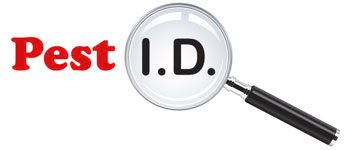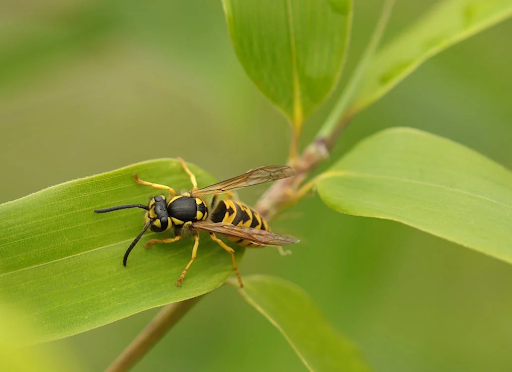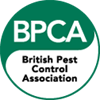As the warm days of summer give way to the crispness of autumn, you might notice an increase in the number of wasps buzzing around trees and bushes in your garden. It’s a perplexing sight because, by this time, you’d expect the wasp season to be winding down – particularly as nests are typically nowhere to be seen. Pest ID are on hand to explain what yellow jacket wasps are, and why we often see them in late-season swarms.
What Are Yellow Jacket Wasps?
In many parts of the world, these are often referred to as Yellow jackets, scientifically known as Vespula spp or Dolichovespula spp, are social wasps that build large, paper-like nests during the spring and summer months. These nests are meticulously constructed and house colonies of worker wasps, queens, and male drones. However, as the summer draws to a close, these colonies are still spotted swarming around various trees and bushes in both gardens and outdoor enclosures. Why do these wasp colonies do this?
Reasons Why Wasps Swarm Around Trees and Bushes After Summer
The Reproductive Phase
One key reason why wasps seem to swarm at the end of the wasp season is the onset of the reproductive phase in the colony. Yellow jacket wasp colonies are highly organised and operate on a caste system. Throughout the summer, worker wasps focus on foraging and expanding the nest, while the queen lays eggs that develop into more workers. But as autumn approaches, the colony’s priorities shift.
Queen Production
In late summer and early autumn, the wasp colony starts producing new queens and male drones. These wasps are different from the sterile female workers. Queens are destined to establish new colonies the following spring, while male drones are responsible for mating with the new queens. The reproductive production process marks a critical turning point in the wasp colony’s life cycle.
Foraging for Sugars
The shift towards reproductive producing triggers a change in the foraging behaviour of wasps. While worker wasps primarily collect protein-rich foods, such as insects, to feed the developing larvae during the summer, the late-season focus shifts to sugary substances. This includes nectar from flowers, fruit juices, and even the sugary secretions of aphids. Willows in particular produce a sweet sap that they are attracted to, and in the Autumn, Ivy is one of the few sources that have an abundance of nectar and pollen, which attracts numerous wasps and other insects.
Late-Season Scavenging
By late summer and early Autumn, many flowers and fruits are reaching their peak ripeness. Wasps are opportunistic scavengers and will exploit these food sources to stock up on energy reserves. They become more noticeable as they visit your trees and bushes, seeking out sugary sustenance.
Increased Aggressiveness
During the late summer and early autumn, wasps can become more aggressive in their search for sugary foods. This is partly because the colony’s worker population is at its peak, and they are fiercely protecting their queen and producing further offspring. Consequently, they may seem more persistent and prone to stinging if they feel threatened.
Environmental Factors
Environmental conditions play a role in the behaviour of wasps during the late season. As the weather cools, these insects become less active and tend to seek out sunny spots. Trees and bushes, especially those with ripe fruit or nectar-producing flowers, often provide the warmth and food resources they’re looking for.
Misidentification
Sometimes, what appears to be a swarm of yellow jacket wasps may not be wasps at all. There are many other insects, like hoverflies and paper wasp species, that resemble wasps in coloration and behaviour. Misidentifying these insects as wasps is a common occurrence.
So, while it may seem strange to witness wasps swarming around trees and bushes in autumn when there’s no visible nest, it’s actually a natural part of their life cycle. As a result of their shift in priorities, they are simply foraging for sugars to fuel the production of new queens and male drones, as well as preparing for the colder months ahead.
Stay Safe from Wasps in Autumn
If you encounter these late-season wasps in your garden, it’s essential to exercise caution and avoid disturbing them, as their increased aggression can lead to stings.
Understanding their patterns of behaviour can help you avoid risks and unwanted encounters with these insects as Summer transitions into Autumn & Winter. If you have any questions about wasps, or need help removing them from your property, get in touch with our expert team today.








